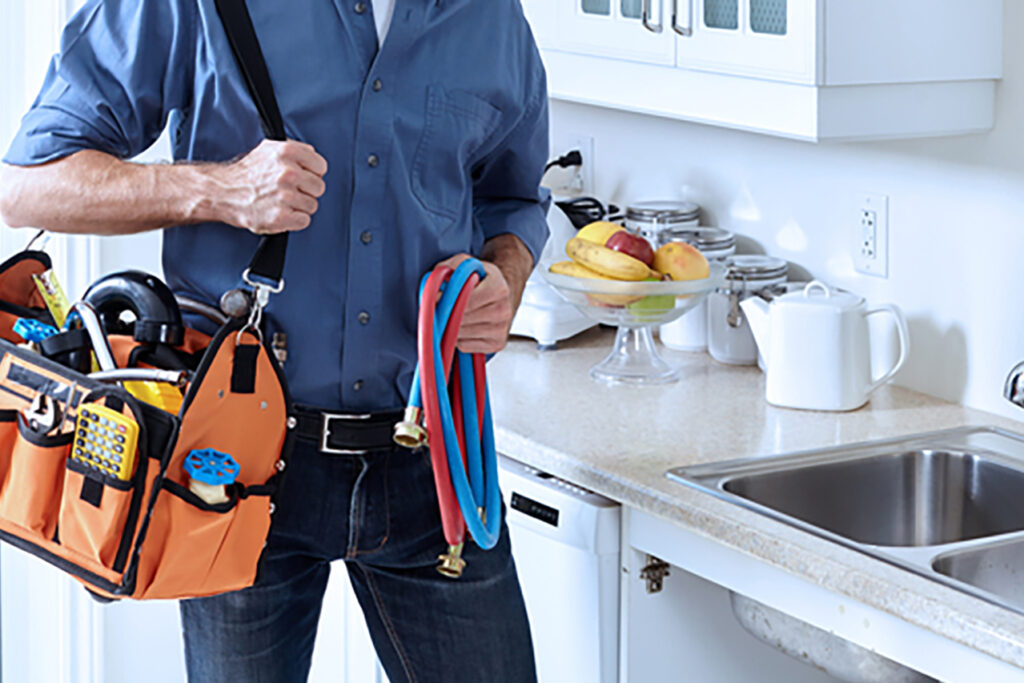Handling maintenance emergencies can be a daunting task, especially when they occur unexpectedly. However, with the right strategies and a proactive approach, you can manage these situations effectively and minimize damage. This guide provides essential emergency maintenance tips to help you navigate through maintenance emergencies swiftly and efficiently.
Understanding Maintenance Emergencies
Maintenance emergencies refer to sudden, unexpected situations that require immediate attention to prevent further damage or hazards. These emergencies can range from plumbing leaks and electrical failures to structural damages and HVAC breakdowns. Handling maintenance emergencies effectively requires a combination of preparation, quick thinking, and access to the right resources.
Common Types of Maintenance Emergencies
- Plumbing Emergencies
- Burst pipes
- Severe leaks
- Clogged or overflowing toilets
- Electrical Emergencies
- Power outages
- Exposed wires
- Electrical fires
- HVAC Emergencies
- Heating system failures
- Air conditioning breakdowns
- Structural Emergencies
- Roof leaks
- Structural collapses
- Broken windows or doors
Preparing for Maintenance Emergencies
Preparation is key to effectively managing maintenance emergencies. Here are some effective emergency repairs strategies to help you prepare:
1. Create an Emergency Response Plan
An immediate maintenance response plan outlines the steps to take during different types of emergencies. This plan should include:
- Contact information for emergency services and repair professionals
- Locations of shut-off valves for water, gas, and electricity
- Instructions for temporary repairs
2. Assemble an Emergency Repair Kit
An emergency repair guide should include a well-stocked repair kit containing:
- Basic tools (hammer, screwdrivers, pliers)
- Flashlights and batteries
- Duct tape and sealants
- Plastic sheeting and tarps
- First aid supplies
3. Regular Inspections and Maintenance
Regular inspections can help identify potential issues before they become emergencies. Conduct routine checks on plumbing, electrical systems, HVAC units, and structural components.
Responding to Maintenance Emergencies
When a maintenance emergency occurs, quick action is crucial. Here are maintenance emergency solutions to help you respond effectively:
1. Assess the Situation
Evaluate the severity of the emergency to determine the appropriate response. For example, a minor leak may require a temporary fix, while a burst pipe demands immediate professional intervention.
2. Shut Off Utilities
For plumbing and electrical emergencies, shutting off the main water valve or power supply can prevent further damage. Knowing the locations of these shut-offs is essential for a fast maintenance response plan.
3. Temporary Repairs
Temporary repairs can help mitigate damage until professional help arrives. Use tarps to cover roof leaks, duct tape to seal minor pipe leaks, and plastic sheeting to cover broken windows.
4. Contact Professionals
For serious emergencies, contact licensed professionals immediately. Ensure you have a list of reliable plumbers, electricians, HVAC technicians, and contractors.
Handling Specific Maintenance Emergencies
Plumbing Emergencies
Emergency home repairs for plumbing issues often involve water leaks, which can cause significant damage if not addressed promptly.
- Burst Pipes: Shut off the main water supply and use pipe repair clamps or epoxy putty for temporary fixes. Contact a plumber immediately.
- Clogged Toilets: Use a plunger or plumbing snake to clear blockages. If unsuccessful, contact a plumber.
- Severe Leaks: Use a bucket to catch dripping water and seal leaks with plumber’s tape or epoxy putty. Contact a plumber for a permanent solution.
Electrical Emergencies
Electrical emergencies pose serious safety risks. Handling these urgent maintenance issues requires caution.
- Power Outages: Check your circuit breaker for tripped switches. If the problem persists, contact your utility company or an electrician.
- Exposed Wires: Turn off the power supply to the affected area and cover exposed wires with electrical tape. Contact an electrician for repairs.
- Electrical Fires: Use a fire extinguisher rated for electrical fires. Never use water. Evacuate the area and call emergency services.
HVAC Emergencies
HVAC failures can lead to uncomfortable or even hazardous conditions. Rapid repair solutions are essential.
- Heating Failures: Check the thermostat settings and reset the circuit breaker if necessary. If the problem persists, contact an HVAC technician.
- Air Conditioning Breakdowns: Clean or replace air filters and check the thermostat settings. Contact a technician for further diagnosis and repair.
Structural Emergencies
Structural issues can compromise the safety of your property. Immediate action is necessary for property maintenance emergencies.
- Roof Leaks: Use tarps to cover the affected area and prevent water damage. Contact a roofing professional for repairs.
- Structural Collapses: Evacuate the area and call emergency services. Contact a structural engineer to assess the damage and plan repairs.
- Broken Windows or Doors: Use plywood or plastic sheeting to cover broken windows or doors temporarily. Contact a professional for replacements.
Preventing Future Maintenance Emergencies
Prevention is the best strategy for avoiding maintenance emergencies. Here are urgent maintenance tips to help you prevent future issues:
1. Regular Maintenance and Inspections
Schedule regular inspections and maintenance for your plumbing, electrical, HVAC, and structural systems. This proactive approach can identify potential problems before they escalate.
2. Upgrade Systems and Components
Outdated systems and components are more prone to failure. Consider upgrading old plumbing, electrical wiring, and HVAC units to modern, reliable alternatives.
3. Educate Occupants
Educate all occupants of the property on how to respond to maintenance emergencies. This includes knowing the locations of shut-off valves and the basics of temporary repairs.
4. Invest in Quality Repairs
When repairs are needed, invest in quality materials and professional services. Cutting corners can lead to recurring issues and costly emergencies.
5. Keep Emergency Contacts Handy
Maintain an updated list of emergency contacts, including repair professionals and utility companies. This ensures a fast maintenance response plan when emergencies occur.
The Wrap up
Handling maintenance emergencies effectively requires a combination of preparation, quick thinking, and access to the right resources. By following these emergency repair tips, you can minimize damage and ensure the safety and comfort of your property. Regular maintenance, proactive planning, and swift responses are key to managing emergency home repairs and preventing future emergencies.
Handling urgent maintenance issues is an inevitable part of property management. However, with a solid understanding of emergency repair guide principles and a well-prepared response plan, you can navigate these challenges with confidence and efficiency.







